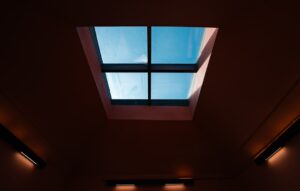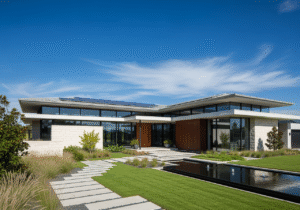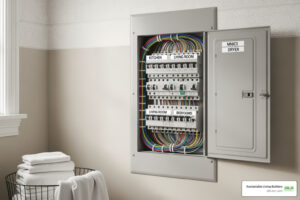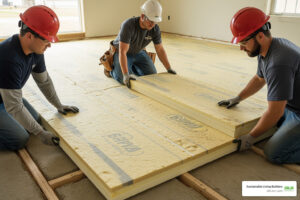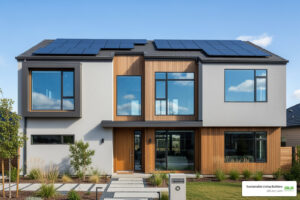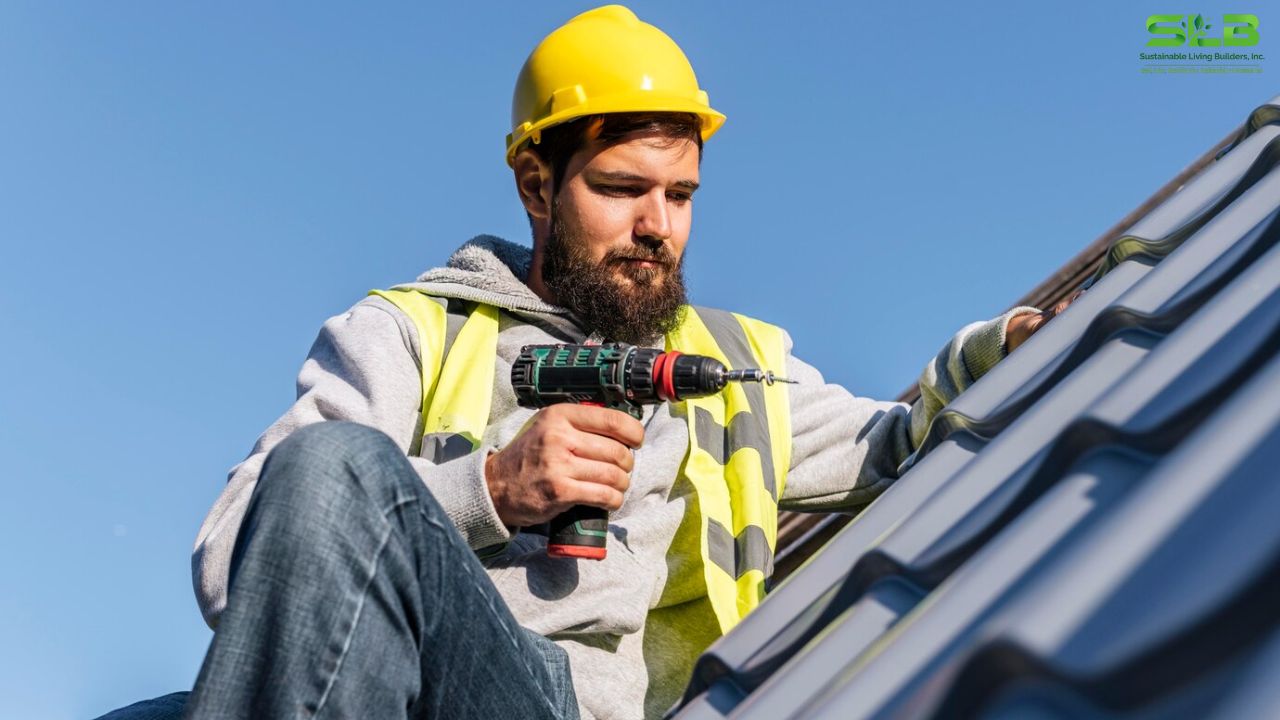
Roof Maintenance Tips for Homeowners: Keep Your Roof Leak-Free & Durable
Your roof works tirelessly to protect your home from the elements. Proper roof maintenance is key to ensuring it lasts for years to come, preventing leaks, and saving you money on repairs. Follow these expert roof maintenance tips to keep your roof in top condition, year-round.
Why Roof Maintenance Matters
Your roof faces constant exposure to harsh weather conditions like sun, rain, snow, and strong winds. Without regular maintenance, these elements can drastically shorten your roof’s lifespan. On the other hand, a well-maintained roof offers reliable protection, enhances your home’s curb appeal, and preserves its value.
The National Roofing Contractors Association (NRCA) recommends inspecting your roof at least twice a year — typically in spring and fall. These inspections help identify potential issues early, before they develop into expensive problems.
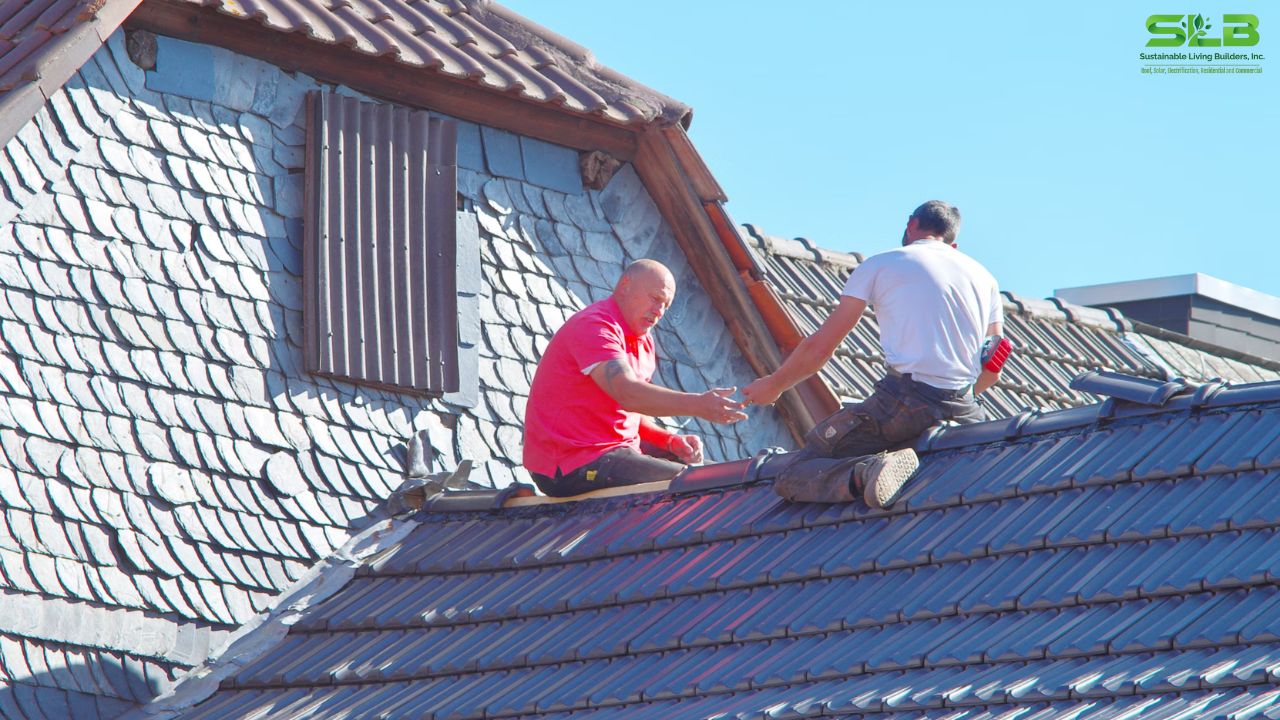
Essential Roof Maintenance Tasks for Homeowners
1. How to Clear Debris and Prevent Roof Damage
Remove debris regularly: Leaves, branches, and other debris can accumulate on your roof and gutters, blocking drainage and leading to water damage.
Use a leaf blower or broom: Remove light debris gently. Be careful not to damage shingles in the process.
Check after storms: Always inspect your roof after storms, as fallen branches and debris can cause significant damage.
2. Roof Gutter Cleaning Tips: Avoid Water Damage
Clean gutters twice a year: Regularly clear out leaves and debris to keep water flowing freely.
Install gutter guards: These help minimize debris buildup and reduce cleaning frequency.
Check for proper slope: Ensure that gutters are sloped toward the downspouts to prevent water from pooling.
3. Roof Shingle Inspection Checklist: Protect Your Roof
Inspect shingles: Look for curling, buckling, or missing shingles, as these can expose your roof to water damage.
Replace damaged shingles promptly: Address any issues early before they require more extensive repairs.
Look for moss or algae: In shaded areas, moss and algae can trap moisture, causing long-term damage.
4. Flashing Maintenance: Prevent Leaks Around Chimneys & Vents
Check flashing: Inspect flashing around chimneys, vents, and skylights for rust, corrosion, or gaps.
Seal cracks and seams: Ensure the flashing is intact to prevent leaks and water intrusion.
5. How to Tackle Moss & Algae Growth on Your Roof
Remove moss gently: Use a soft brush to scrub off any moss or algae. Be careful not to damage the shingles.
Install zinc or copper strips: These materials naturally prevent moss growth by releasing compounds that inhibit its formation.
Roofing Maintenance Tips for All Seasons
Spring Roof Care
Spring is the ideal time to assess winter damage. Here’s what to check:
Look for shingles damaged by ice or snow.
Clean winter debris from gutters and roof surfaces.
Inspect for leaks that may have developed during the colder months.
Summer Roof Maintenance
Hot weather brings unique challenges. Check for:
Shingles lifting due to heat expansion.
Sun damage, especially on south-facing sections.
Attic ventilation: Ensure airflow is sufficient to prevent heat buildup.
Fall Roof Preparation
Get your roof ready for winter by:
Clearing fallen leaves before the first snowfall.
Cleaning gutters thoroughly to avoid ice dams.
Trimming tree branches that could damage your roof in winter storms.
Winter Roof Vigilance
During winter, keep an eye out for:
Snow buildup: Remove excessive snow (safely, from ground level).
Ice dam formation: This can occur along eaves and should be prevented.
Signs of leaks: Watch for water stains on ceilings.
Different Roof Types and Their Maintenance Needs
Asphalt Shingle Roof Maintenance
Asphalt shingles are common due to their affordability. For proper care:
Inspect for curling, cracking, or missing shingles.
Clean algae stains with appropriate solutions.
Check for granule loss in gutters or downspouts.
Metal Roof Maintenance
Metal roofs are durable and require specific care:
Inspect for loose fasteners or panels.
Check for scratches or damage to protective coatings.
Clear debris that could trap moisture.
Tile and Slate Roof Maintenance
These premium materials offer excellent durability, but have specific needs:
Check for cracks or broken tiles/slates.
Keep valleys and gutters clear of debris.
Inspect underlayment to ensure water protection.
Flat or Low-Slope Roof Maintenance
For homes or buildings with flat or low-slope roofs:
Clear debris that doesn’t wash away naturally.
Check drainage systems to ensure water doesn’t pool.
Inspect the membrane or coating for punctures or tears.
DIY vs. Professional Roof Maintenance
What You Can Do Yourself:
Visual inspections: Check your roof from the ground for visible damage.
Gutter cleaning: Do it safely with proper equipment.
Debris removal: Keep your roof free from branches and leaves.
When to Call Professionals:
While basic maintenance tasks are DIY-friendly, some situations require professional help:
Steep or high roofs that present safety hazards.
Signs of structural damage or sagging.
Specialty materials like slate or tile that need expert care.
Creating a Roof Maintenance Schedule
A regular schedule helps keep your roof in top shape:
Document your roof’s age, material, and any known issues.
Schedule biannual inspections, ideally in spring and fall.
Keep detailed records of all maintenance performed.
Signs Your Roof Needs Immediate Attention
Watch for these signs that your roof may need urgent repairs:
Interior water stains or visible leaks.
Sagging roof areas.
Shingle granules in your gutters.
Daylight visible through roof boards.
The Cost Benefits of Preventive Roof Maintenance
Preventive maintenance is an investment that pays off:
Extend your roof’s lifespan by 5-10 extra years.
Avoid costly emergency repairs by catching problems early.
Save on energy bills by improving insulation and ventilation.
Conclusion
By following these roof maintenance tips, you’ll keep your roof strong, durable, and leak-free for years to come. Regular care not only protects your home but also preserves your roof’s value and curb appeal. Remember, the earlier you address issues, the less likely they are to become costly repairs.
For professional roof inspections and maintenance, contact Sustainable Living Builders today to schedule your free estimate.
Sustainable Living Builders (Slb Inc.) is a company that supports sustainability through green living solutions, including solar solutions, gutter services, roofing, and more for both residential and commercial buildings.
Offering a free estimate within 48 hours, Slb Inc. offers the best sustainable solutions for residential and commercial projects in the regions of Sonoma, Marin, and Napa counties in California.
Related Articles You May Like
Why a Solar Roof Tesla Is the Perfect Year-End Upgrade
Roofing
Roofing Contractor
Affordable Roofing Services
Emergency Roofing: What to Do When Disaster Strikes
MULTIPLE SERVICES, EVEN MORE SUSTAINABLE SOLUTIONS!
If you’re looking for a team of experienced, hard-working, and committed team to take your home or business to a more sustainable future, Sustainable Living Builders, Inc. is here for you! From holistic roofing solutions to innovative solar options, we have many services to help you protect your home and your pocket in a single place. Are you ready to get started?

